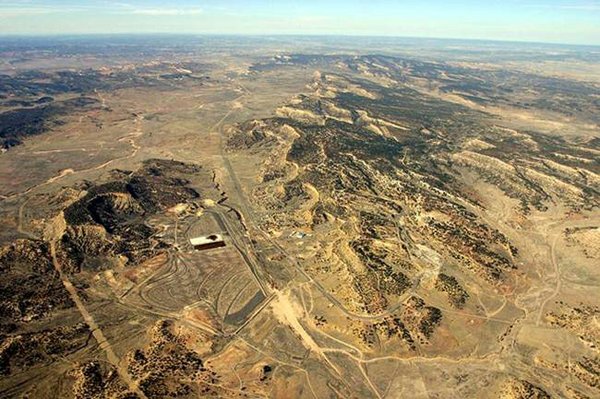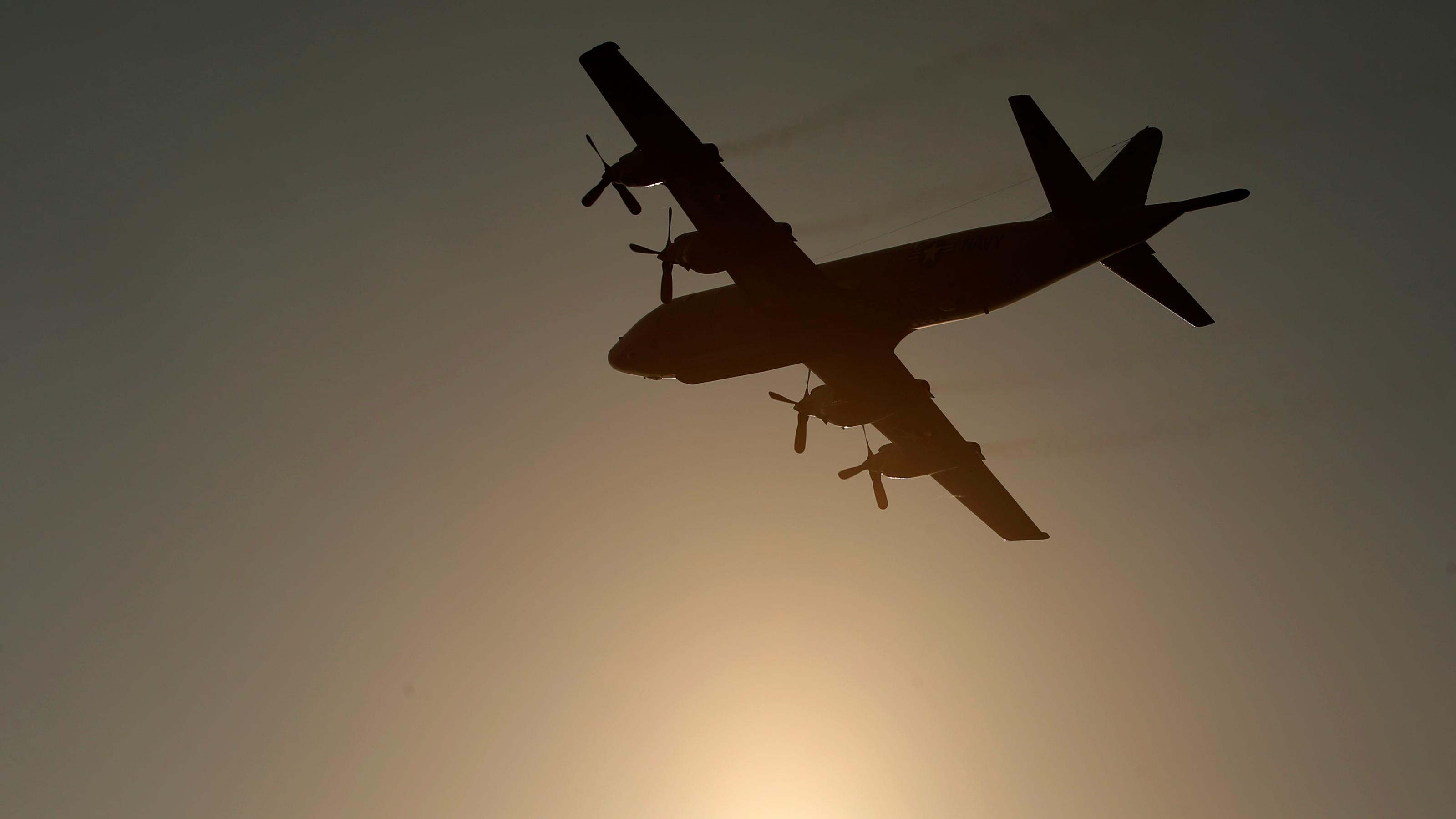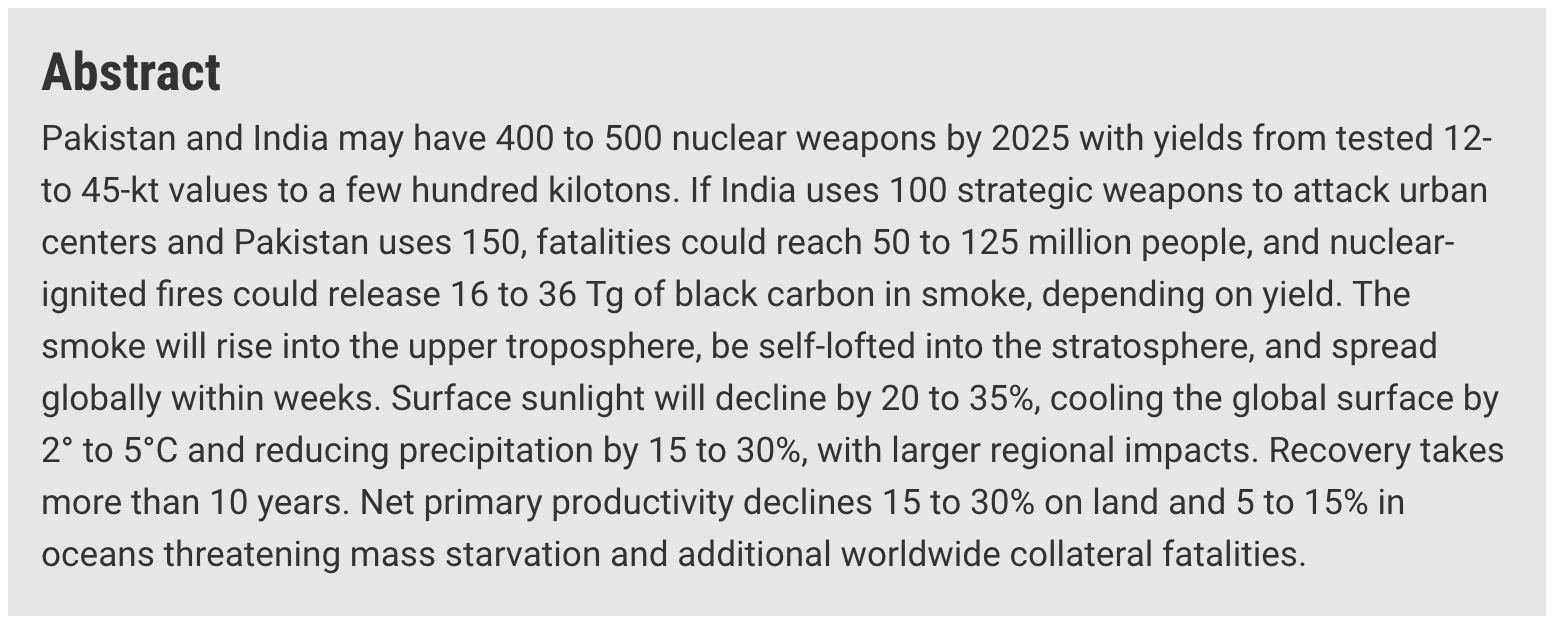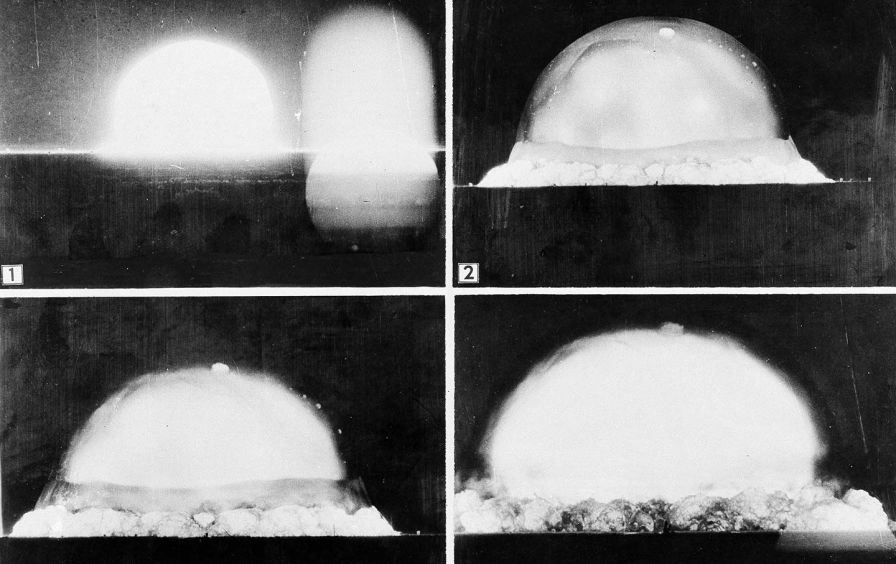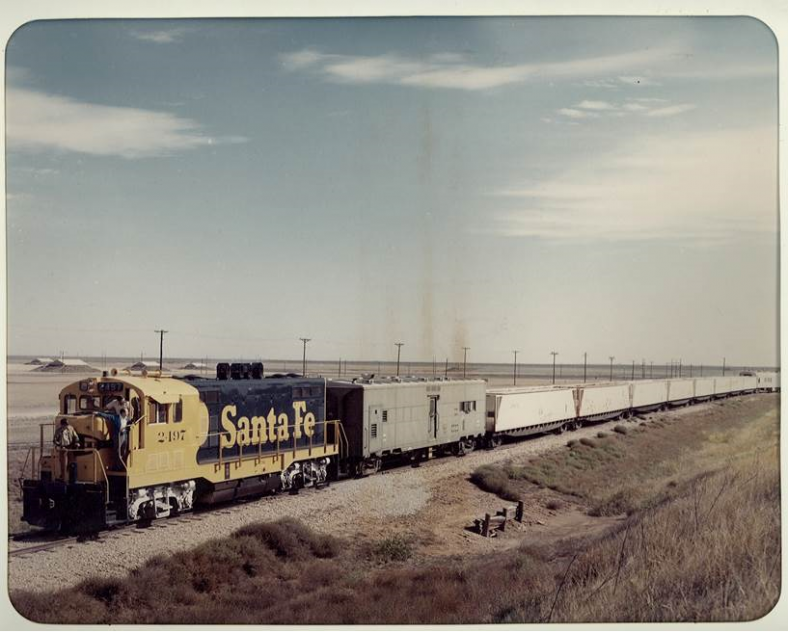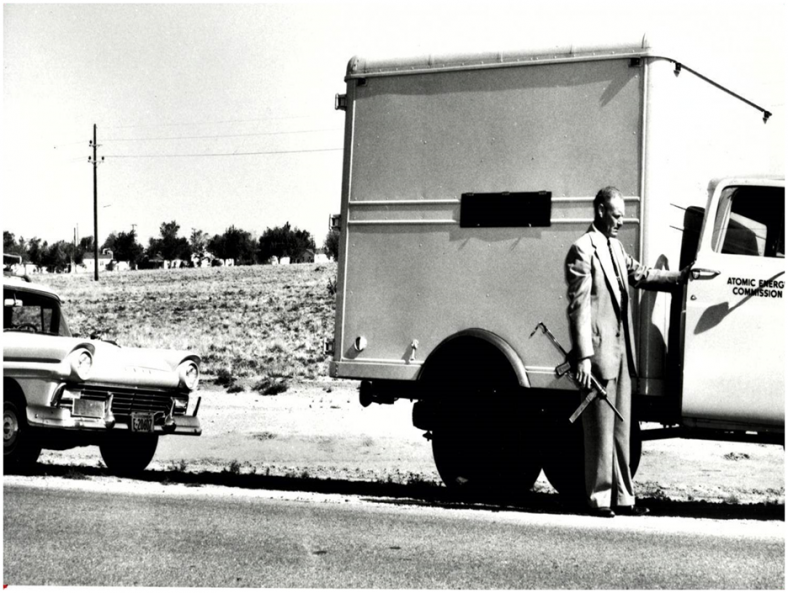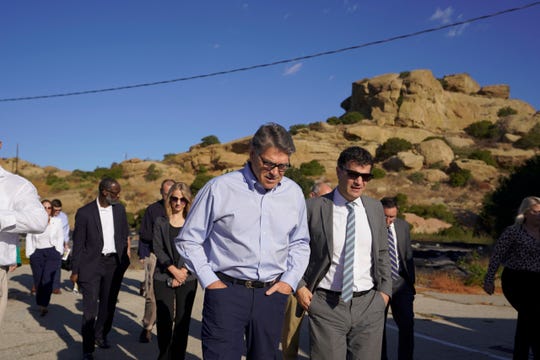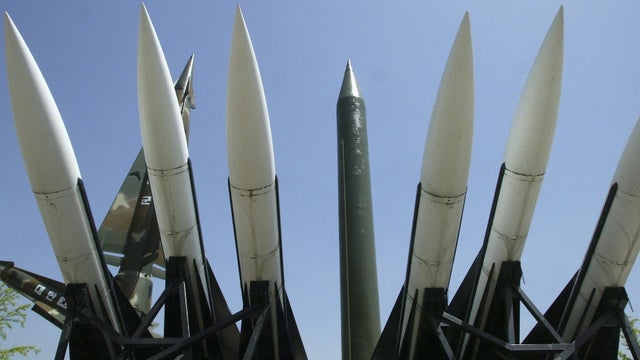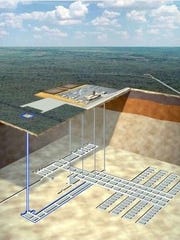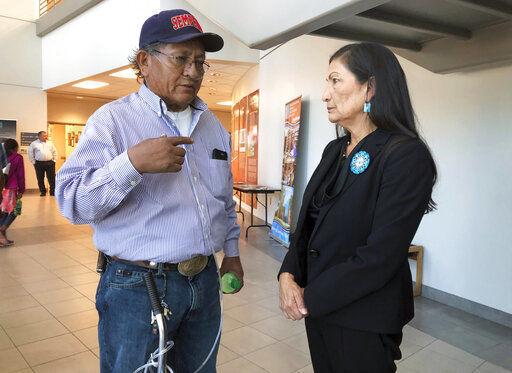Top Armed Services leaders in both houses of Congress are considering passing a slimmed-down National Defense Authorization Act that defers controversial measures for the sake of getting something passed, our colleague Connor O’Brien writes.
“It’s amounted to a backup plan,” House Armed Services Chairman Adam Smith (D-Wash.) told POLITICO, referring to the “skinny NDAA.” “It’s amounted to, we’re going to keep working on the bill itself, try to get resolved the top drawer issue of the [border] wall and we’ll have this as a backup discussion if necessary. I don’t have a problem with that.”
CHECKING TRUMP: More than 40 advocacy groups are out with a letter calling on lawmakers to oppose a final defense bill that doesn’t include the “core progressive priorities” aimed at constraining the Trump administration in the House-passed bill. That includes provisions to limit Trump’s Iran war powers, end U.S. support to the Saudi-UAE coalition in Yemen, bar new detainees at Guantanamo Bay, protect transgender troops and block deployment of new low-yield nuclear warheads.




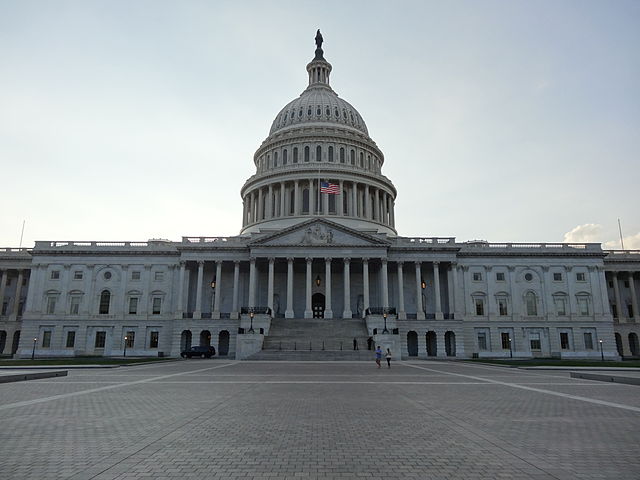 Before the August recess, all parties agreed to a continuing resolution to fund the government until the week before Thanksgiving, in anticipation that all the individual spending bills for all the departments would be passed and signed by then. What it really set up was another fight with Trump. “Trump is not interested in signing other domestic spending bills until there is agreement on the border wall,” a senior administration official told The Washington Post.
Before the August recess, all parties agreed to a continuing resolution to fund the government until the week before Thanksgiving, in anticipation that all the individual spending bills for all the departments would be passed and signed by then. What it really set up was another fight with Trump. “Trump is not interested in signing other domestic spending bills until there is agreement on the border wall,” a senior administration official told The Washington Post.